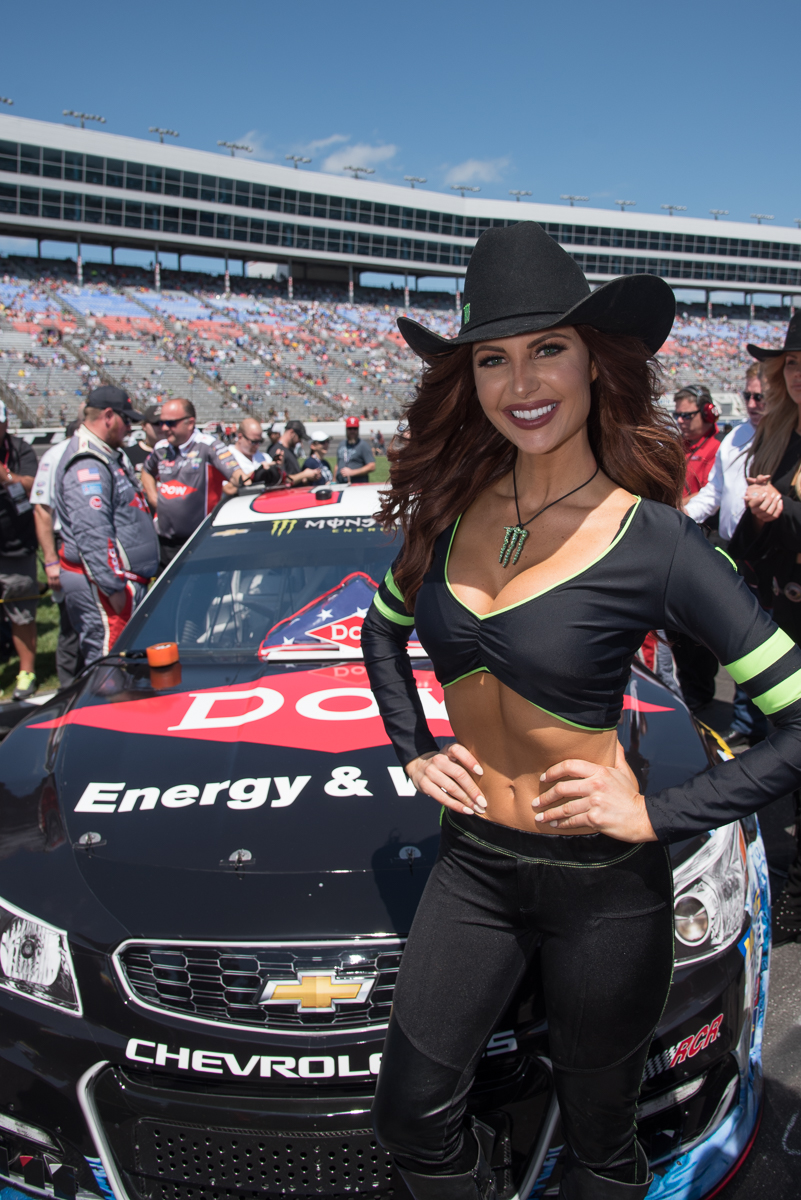
If you're a NASCAR race fan, then you probably have been asking yourself: How long is NASCAR racing? NASCAR Cup Series races usually last between three to four hours. However the lengths of these events can vary widely. These events can be held on speedway and short track tracks. The length of these events varies depending upon the weather conditions. Continue reading to find out how long a NASCAR Race is.
NASCAR Cup Series races last between 3 and 4 hours
NASCAR Cup Series races typically last between three and four hours. Some races are longer than that and can last more than six hours. These races are notoriously unpredictable in length and are often delayed due to various reasons. The location of the race and the circuit can affect how long each NASCAR race lasts. A race at Martinsville might last two and a quarter hours, while the Coca-Cola World 600 at Charlotte Motor Speedway is expected to last six hours.

Short track races are measured in laps
A majority of short track NASCAR races last between 500-400 laps. This distance is ideal for those who wish to be an oval track driver. Short track races can usually be shorter than a quarter mile. They are more fun and more exciting than longer races. Short track races have grown in popularity over recent years. They may continue to gain popularity. Here are some tips for watching short track NASCAR races.
Speedways are measured in miles
Racetracks are not always equal in size. Speedways are measured by miles. Oval tracks, however, are usually one to two miles in length and sometimes up to three. Ovals were favored until the 1990s, as they were much longer and easier to see the cars racing on the track. Three of eight ovals were built before 1994. All the remaining ovals were created after 1994. An oval is officially measured at 1 to 2 miles.
Variable weather conditions may affect race length
A recent study investigated whether changing weather conditions impact peak performance in endurance events. Researchers analyzed results from endurance running events across the world, identifying which races are affected by varying weather conditions. Researchers analyzed weather data from local meteor stations, and examined 1258 events from 42 different countries. The results were statistically significant, but the effect of varying weather on race length was not found in the same way for all events.

It can delay a race by changing tires during cautions
Tire changes during cautions can make a race longer, especially if drivers fail to change their tires on time. Goodyear, the company that makes NASCAR tires, warned teams this season against pushing the limits of their tires. Buescher and Logano had to stop practice because their tires failed. Ryan Blaney Jr., Denny Hamlin, Ricky Stenhouse Jr. and Ricky Stenhouse Jr. were still able to fix their tires. BJ McCleod was the first driver who experienced tire failure at race day. He was also injured in stage one.
FAQ
Who invented car racing?
Charles Brady King, who in 1896 built Long Island's first automobile racecourse. The first auto race took place on July 4th that same year.
What types of cars are used in racing car?
Speed is the most important aspect for any race car driver. It is what makes them go fast. They must be fast enough that they catch up to other drivers and strong enough to maintain the lead. This gives them an advantage over the rest of the racers, as they can quickly overtake other drivers at high speeds and pull away from them again when it's not their turn.
The lightest cars are typically the fastest. This allows them to accelerate quickly and gain a lot of speed. However, this also means they have less power which limits how far they can travel in a short amount of time. Therefore, they must use energy efficiently.
Engines power most modern-day racing cars. These engines are very similar to the ones found in passenger cars. These engines are powered by compressed air, instead of petrol. This is because petrol isn't powerful enough to provide enough power to make a car go very fast.
Which car racing draws the most spectators
The Indianapolis 500 Mile Race is one of the biggest spectator events in North America. Every year, more than 400,000 people watch the race.
It will take place at the Indianapolis Motor Speedway on May 30th and 31st.
Statistics
- According to thepostgame.com, “The Daytona 500 is one of four ‘restrictor plate' races on NASCAR's calendar, given both safety and competitive concerns for the long track and its famous 31-degree banking in its four corners.” (defensivedriving.com)
- According to AutoSport, IndyCar's top speeds are 380km/h or 236 mph. (motorbiscuit.com)
- Forget the 200-mph battles of the late 1980s; no one, not even McLaren itself, predicted the inimitable F1 would go as fast as it did. (motortrend.com)
- According to FormulaMoney, the design, development, and construction of chassis and engines can cost teams as much as $255 million annually. (businessinsider.com)
- According to Toyota, the 390-hp-plus 2019 Yaris WRC runs out of gearing after 124 mph, 19 mph less than the crazy Yaris GR that's currently sitting on dealer lots outside of the U.S. BONUS: (motortrend.com)
External Links
How To
How to Get Sponsors
If you want to get sponsors, you'll need to build a following. Begin by building relationships and connections with others who are involved in racing. They might be able to offer sponsorship deals. Don't forget to attend rallies and drag races. These types of events can boost your social media presence, and increase your chances for landing sponsorships.